potting vs. planting
glassmouse
18 years ago
Related Stories

CONTAINER GARDENSSolve Your Garden Border Dilemmas With Planted Pots
Set your containers free from the patio — placed among plantings in the ground, they fill unsightly gaps, let you experiment and more
Full Story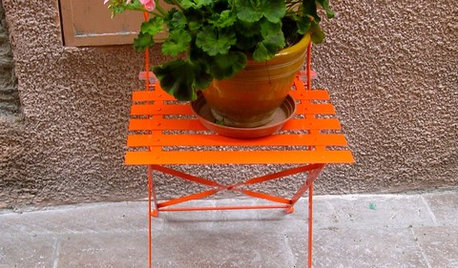
GARDENING AND LANDSCAPINGPotted Plants Perk Up the Streets of Coastal France
Dotting a stairway or perched on a café table, plants in colorful pots and vibrant flowers make a picturesque scene in a town on the coast
Full Story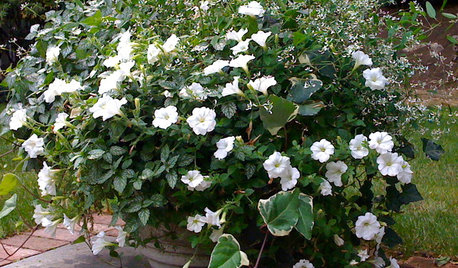
GARDENING GUIDES11 Perfect Plants for a Moonlit Garden — in Pots
Create an alluring after-dark aura on a patio or deck with container plants that glow white under the stars
Full Story
CONTAINER GARDENSContainer Garden Basics: How and When to Water Potted Plants
Confused about soil moisture, the best time to water and what watering device to use? This guide can help
Full Story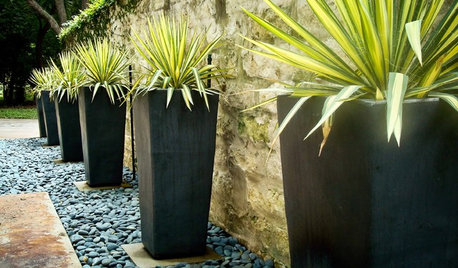
CONTAINER GARDENSWant Compelling Garden Minimalism? Think One Plant, One Pot
Highlight a show-worthy stunner or elevate a pedestrian plant by giving it a solo starring role in the garden
Full Story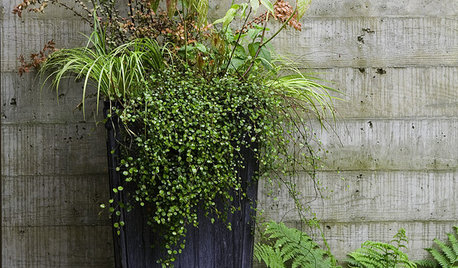
GARDENING GUIDESThe Secret Formula for Grouping Plants in a Pot
Designing a gorgeous container garden is easy once you know this simple rule of thumb for composition
Full Story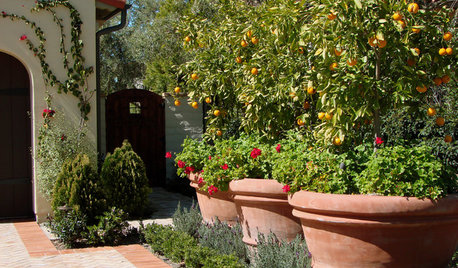
GARDENING GUIDESPick the Right Plant Pot to Flatter Your Landscape
To play matchmaker for your container garden and its surroundings, you've got to know all the materials and pick the right style
Full Story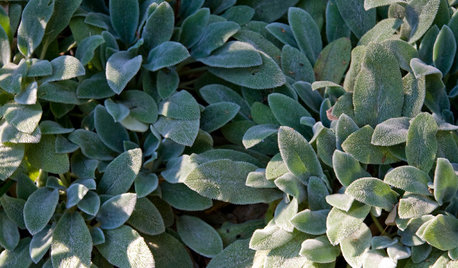
FOLIAGEThe Right Touch: 13 Soft, Fuzzy Plants for Gardens and Pots
Brush a hand on velvety foliage or fluffy plumes for a sensory garden experience beyond sight and smell
Full Story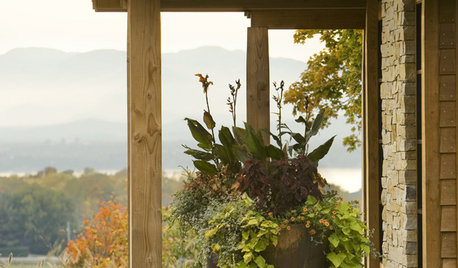
GARDENING GUIDESGrow a Beautiful Fall Garden in a Pot
Welcome autumn with 7 gorgeous plants that thrive in containers and enliven your porch or patio throughout the cooler season
Full Story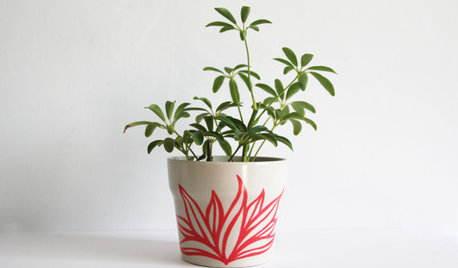
PRODUCT PICKSGuest Picks: Playful Planters and Pots
Get planting this season using pretty pots that move from indoors to outside with ease
Full Story





Mozart2
calistoga_al ca 15 usda 9
Related Professionals
Bainbridge Island Landscape Contractors · Brookfield Landscape Contractors · Forest Hills Landscape Contractors · Huntley Landscape Contractors · Lancaster Landscape Contractors · Lynchburg Landscape Contractors · Mercedes Landscape Contractors · Paramount Landscape Contractors · Forest Hill Landscape Contractors · Glen Avon Solar Energy Systems · Muscoy Solar Energy Systems · Elmhurst Solar Energy Systems · Wakefield Solar Energy Systems · Barrington General Contractors · Las Cruces General ContractorsDianeKaryl